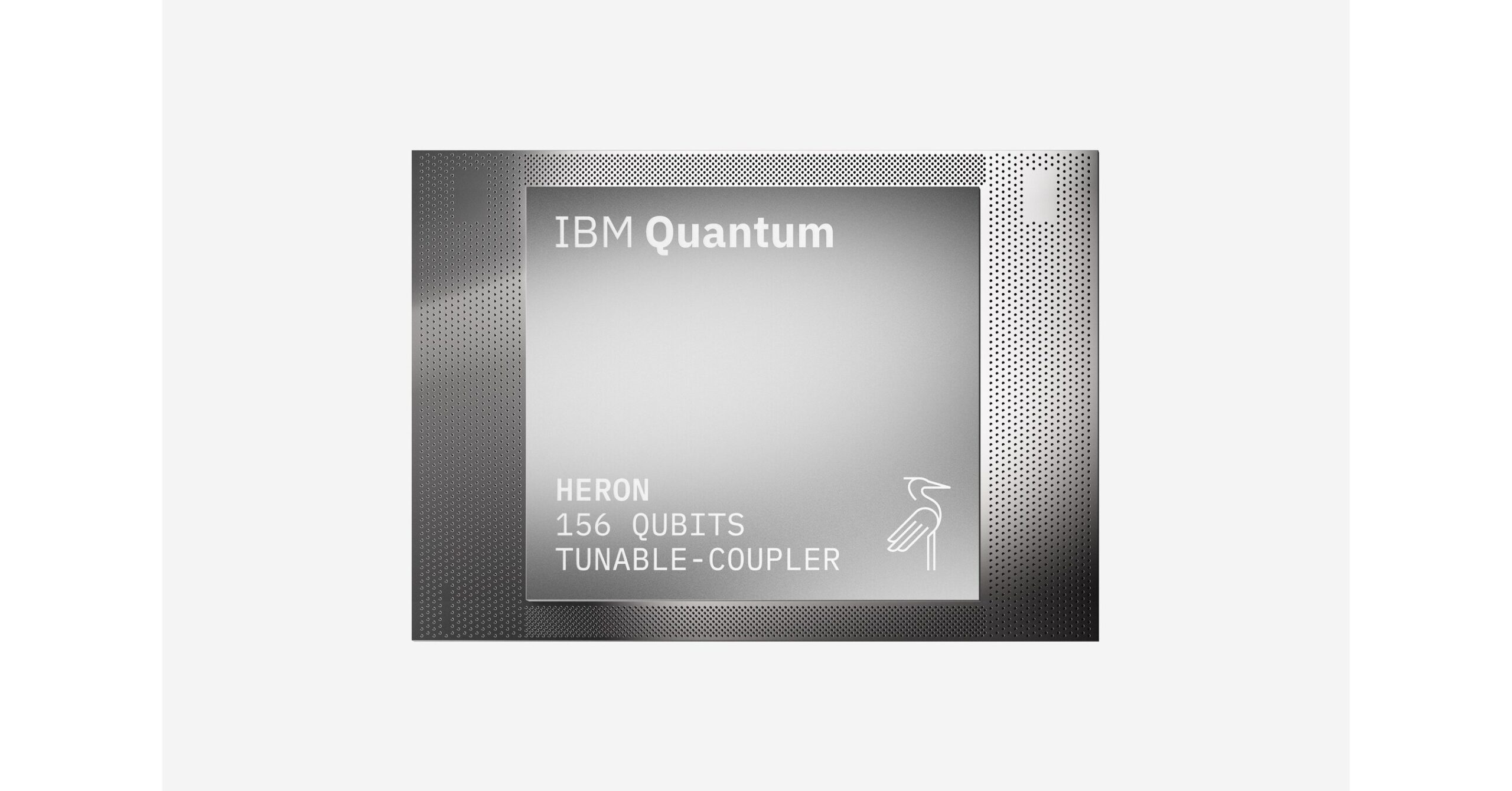Qiskit: Revolutionizing Quantum Computing with IBM’s Breakthroughs
In the world of quantum computing, IBM’s Qiskit stands out as a robust and high-performing quantum software platform. Recently, IBM announced significant advancements in both quantum hardware and software that are set to redefine the landscape of quantum computing. At the forefront of these developments is Qiskit, which now allows for the execution of complex quantum algorithms with unprecedented scale, speed, and accuracy. This article delves into these advancements and their implications for the future of computing.
Quantum Computing: A Brief Overview
Before diving into the specifics of IBM’s recent achievements, it’s important to understand what quantum computing entails. Unlike classical computers, which use bits as the smallest unit of data, quantum computers use quantum bits or qubits. These qubits can exist in multiple states simultaneously, thanks to the principles of quantum mechanics. This allows quantum computers to process information in parallel, potentially solving complex problems much faster than traditional computers.
IBM Quantum Heron: Pushing the Boundaries
Among IBM’s latest innovations is the IBM Quantum Heron processor, which is now operational in the company’s global quantum data centers. This processor, in conjunction with Qiskit, is capable of running quantum circuits with up to 5,000 two-qubit gate operations. This advancement allows researchers to explore new scientific challenges in fields like materials science, chemistry, life sciences, and high-energy physics.
The ability to execute such complex circuits is a significant milestone in IBM’s Quantum Development Roadmap. The roadmap outlines IBM’s long-term vision for quantum computing, which includes achieving a quantum advantage—where quantum computers can outperform classical supercomputers—and developing error-corrected quantum systems by 2029.
Advancements in Quantum Software: Qiskit and More
IBM has made substantial improvements to Qiskit, making it the most high-performing quantum software available today. This software enables developers to construct complex quantum circuits with ease, ensuring stability, accuracy, and speed. Through extensive benchmarking using their open-source tool, Benchpress, IBM has demonstrated Qiskit’s superiority over other quantum software development kits.
Qiskit’s advancements are not limited to software alone. IBM has introduced new Qiskit services such as generative AI-based capabilities and tools for optimizing quantum circuits. These services aim to streamline the development of next-generation quantum algorithms, making them more accessible to researchers and developers worldwide.
Collaborations with Leading Institutions
IBM’s progress in quantum computing is amplified through collaborations with esteemed institutions. RIKEN, a prominent research institute in Japan, and the Cleveland Clinic, a leading medical and research institution in the United States, are leveraging IBM’s quantum systems to tackle scientific challenges. Together, they are exploring quantum algorithms for solving complex chemical and biological problems, paving the way for breakthroughs in drug discovery and materials science.
Rensselaer Polytechnic Institute (RPI) is also playing a crucial role in advancing quantum computing. By utilizing Qiskit tools, RPI is taking steps towards building a quantum-centric supercomputing environment on its campus. This initiative aims to seamlessly integrate quantum and classical computing resources, allowing for the efficient processing of complex workloads.
Quantum-Centric Supercomputing: The Future of Computing
IBM envisions a future where quantum and classical computers work together in a quantum-centric supercomputing environment. This approach leverages the strengths of both architectures to solve complex problems more efficiently. By combining quantum processing units (QPUs) with classical central and graphical processing units (CPUs and GPUs), IBM aims to overcome the limitations of current computing paradigms.
The integration of quantum and classical computing is already yielding promising results. IBM, in collaboration with RIKEN, has successfully demonstrated quantum-centric supercomputing workflows for modeling the electronic structure of complex compounds. This breakthrough has significant implications for fields like chemistry and materials science, where accurate modeling of molecular interactions is crucial.
Industry Reactions and Future Prospects
The advancements in quantum computing have garnered positive reactions from industry experts and researchers alike. Matteo Rossi, CTO of Algorithmiq, highlights the potential of combining quantum computers with post-processing on GPUs to achieve state-of-the-art error mitigation for quantum circuits. This approach opens new possibilities for quantum simulations and computations that were previously constrained by noise limitations.
Dorit Aharonov, Chief Scientific Officer of Qedma, emphasizes the importance of IBM’s hardware and software advancements in enabling the development of long and complex quantum circuits. These advancements are crucial for achieving accurate scientific results and solving problems of significant value.
Conclusion: A New Era of Quantum Computing
IBM’s recent breakthroughs in quantum computing, powered by Qiskit and the IBM Quantum Heron processor, mark a significant step forward in the quest for quantum advantage. By enabling the execution of complex quantum circuits and fostering collaborations with leading research institutions, IBM is paving the way for a future where quantum and classical computing work hand in hand.
As quantum-centric supercomputing becomes a reality, researchers and developers can look forward to solving previously intractable problems across various fields. With continued advancements in quantum hardware and software, the potential for groundbreaking discoveries and innovations is immense.
For more information on IBM’s quantum computing initiatives, visit [IBM’s Quantum Platform](https://quantum.ibm.com/).
For more Information, Refer to this article.
































